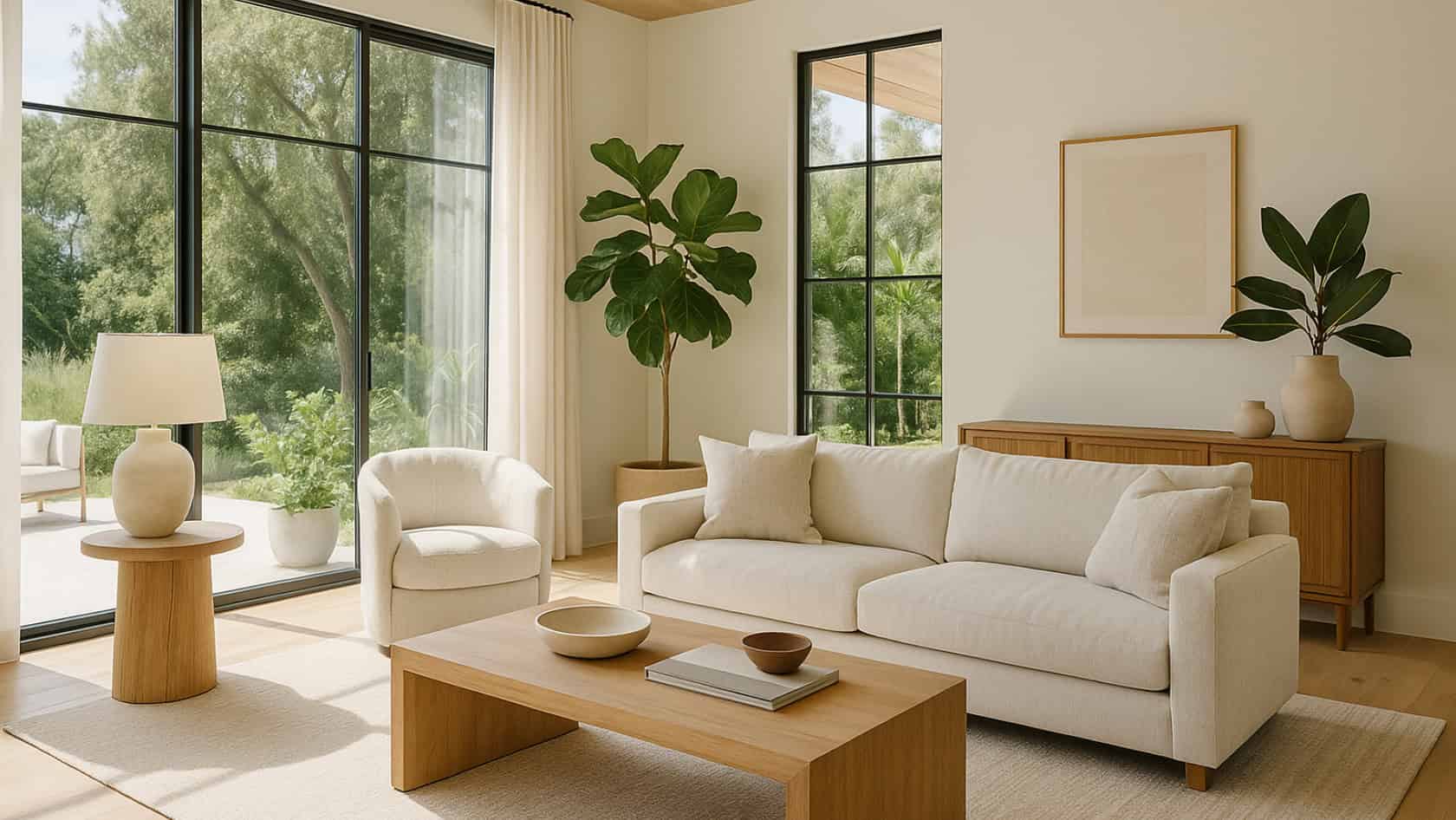
Back in 2020 and 2021, when we were spending almost all our time at home, design priorities changed almost overnight.
Dining rooms turned into offices. Spare bedrooms became classrooms. Backyards became sanctuaries. We saw a wave of bold upgrades and functional changes as homeowners worked to make their spaces more comfortable, more practical, and more livable.
Now, as we close out 2025 and look ahead to 2026, the conversation feels different. It’s no longer about reacting to life at home. It’s about refining it.
Home design is shifting toward spaces that feel more intentional, more balanced, and more aligned with how people want to live long-term. Buyers today are paying attention not just to what a home looks like, but how it feels and functions day to day. The way spaces flow, the light, the efficiency, and the overall experience of living there matter more than ever.
So instead of chasing fleeting trends or what’s trending on social media, I want to share what real buyer behavior and current market data from Realtor.com are showing us about what’s in and what’s out as we move into 2026.
What’s IN for 2026
Nature-Connected Spaces
Homes that blur the line between inside and out are having a moment. Think large sliding glass doors, indoor plants, natural light, and materials that echo the outdoors. This style creates calmer, healthier environments and makes spaces feel more expansive and inviting.
Energy-Efficient Upgrades
Eco-conscious living is no longer a niche trend. Buyers are gravitating toward features like:
-
Water-saving fixtures
-
Net-zero ready homes
-
EV charging stations
-
Solar and battery systems
These upgrades not only reduce environmental impact but also lower utility costs, a win for both comfort and long-term savings.
Smart Home Integration
From automated lighting presets to strong, hardwired internet connections, today’s buyers value convenience and control. Smart home features enhance everyday living and support hybrid work lifestyles.
Wellness-Focused Design
Home gyms, cold plunge pools, spa-inspired bathrooms, and serene outdoor living areas are becoming increasingly popular. Homes are now expected to support physical and mental well-being, not just shelter.
Modern, Warm Aesthetics
Coastal modern styles, two-tone cabinetry, textured finishes, and organic materials like lime plaster and aged metal accents add personality while maintaining a timeless appeal. These designs feel curated without feeling overdone.
What’s OUT for 2026
Overly Formal Spaces
Traditional formal dining rooms with built-ins are becoming less desirable as homeowners prioritize open, multifunctional layouts that feel social and relaxed.
Oversized, Underused Features
Three-car garages and highly compartmentalized spaces are giving way to more efficient designs that prioritize flow and function.
Heavily Ornate Styles
Old-World European interiors and overly decorative finishes are losing traction in favor of clean, natural, and modern design choices.
What This Means for Homeowners
If you’re planning to update your home, the best approach isn’t chasing every trend. It is choosing elements that enhance both beauty and usability.
Smart investments to consider:
-
Updating lighting and fixtures
-
Creating flexible home office or multipurpose spaces
-
Enhancing outdoor living areas
-
Improving energy efficiency
Upgrades to reconsider:
-
Adding highly specialized or rarely used features
-
Over-investing in very formal design elements
-
Choosing finishes that may quickly feel dated
The Takeaway
Home design right now reflects a shift toward smarter living, natural influence, and intentional comfort. Buyers want homes that feel modern yet warm, efficient yet inviting, and stylish yet functional.
Whether you’re updating for your own enjoyment or preparing for a future sale, thoughtful design choices today can make tomorrow’s move smoother (and more profitable).
If you’re curious how these trends apply to your specific home or neighborhood, speaking with a local real estate professional
can help you focus on upgrades that make the most sense for your market.
Sources: Realtor.com, BAM



Leave a Reply